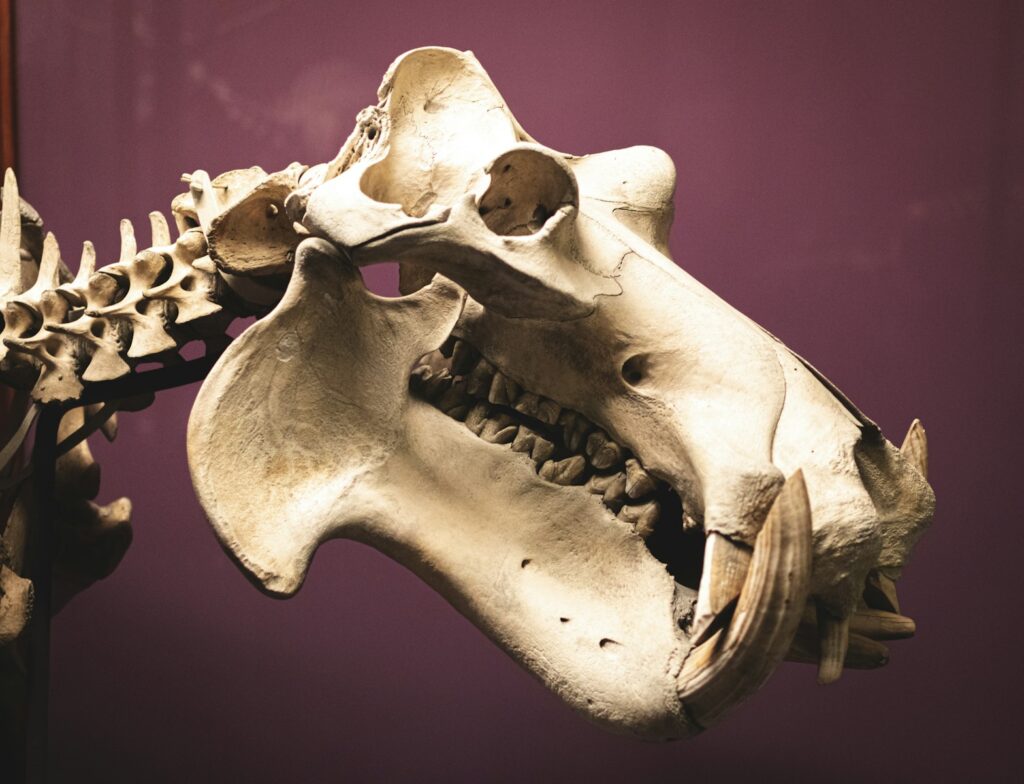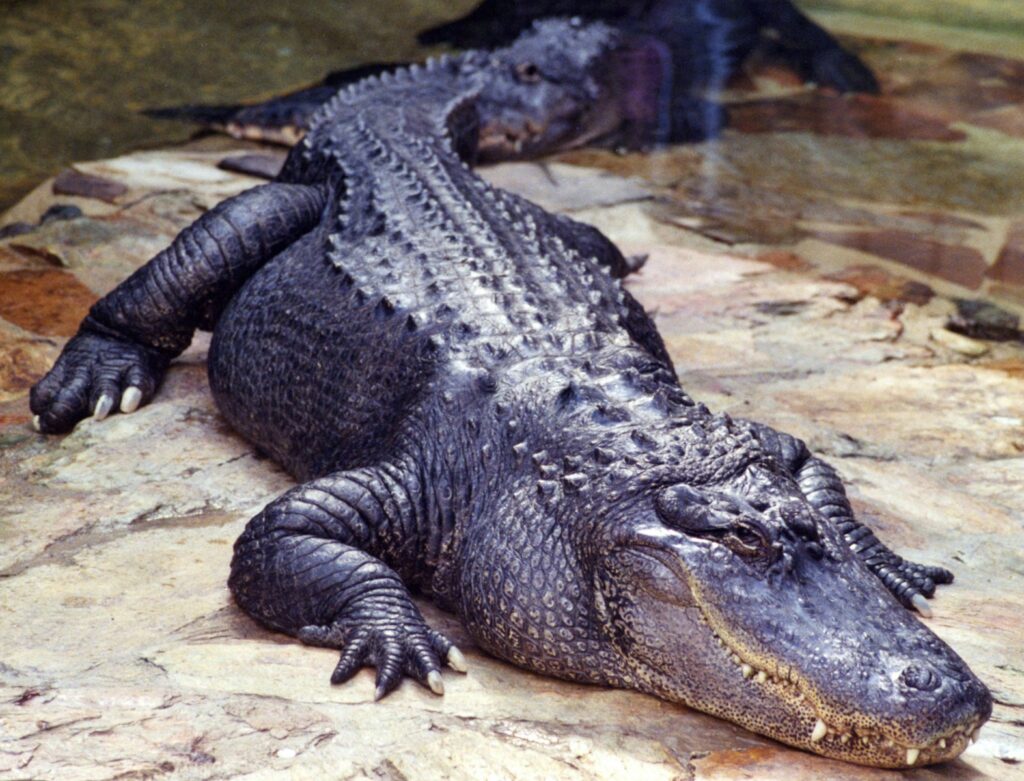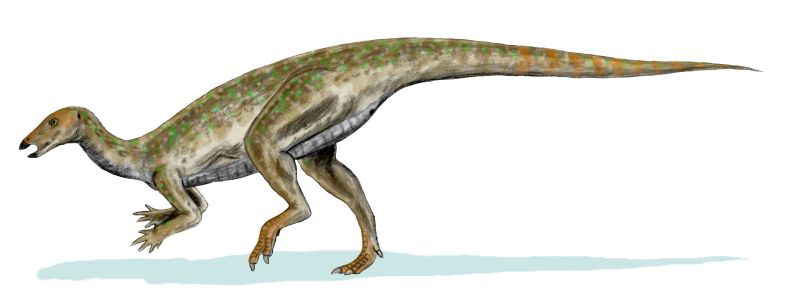Dinosaurs, those magnificent creatures that once dominated our planet for over 165 million years, continue to captivate our imagination. While we know much about their sizes, habitats, and extinction, one fascinating question remains somewhat mysterious: How long did individual dinosaurs live? Unlike studying modern animals, where we can observe complete lifespans, paleontologists must piece together dinosaur life histories from fragmentary fossil evidence. Recent scientific advances in examining growth rings, bone histology, and comparative analysis with modern relatives have begun to unveil the longevity secrets of these prehistoric giants. From the relatively short-lived predators to the potentially century-spanning sauropods, the diversity of dinosaur lifespans reflects their varied ecological roles and physiological adaptations. Let’s explore what science has revealed about how long these remarkable animals lived and how researchers determine age from fossils that are millions of years old.
Reading the Growth Rings in Dinosaur Bones

Similar to tree rings that record annual growth, many dinosaur bones contain growth marks called lines of arrested growth (LAGs). These microscopic lines form during periods of slowed growth, typically corresponding to seasonal changes or resource scarcity. Paleontologists carefully examine thin sections of fossil bones under microscopes to count these rings, providing estimates of a dinosaur’s age at death. The technique, known as skeletochronology, has been particularly valuable with leg bones and ribs, which tend to preserve growth records effectively. For example, studies of Tyrannosaurus rex specimens have revealed between 15-30 growth rings in various individuals, suggesting they lived into their third decade. However, scientists must account for potential missing rings due to bone remodeling as dinosaurs aged, making this method reliable but requiring careful interpretation.
Histological Evidence: The Microscopic Clues

Bone histology—the microscopic study of bone tissue structure—offers profound insights into dinosaur longevity. As dinosaurs aged, their bone composition changed in predictable ways, with younger animals showing more vascular canals and less structured organization. Scientists can identify whether a specimen was still growing at death by examining the density of blood vessels in the outer bone layers. A specimen with numerous blood vessels in its outer bone layer likely died while still in a growth phase, while one with few vessels and well-organized bone tissue likely reached skeletal maturity. Histological studies have revealed that many dinosaurs, unlike modern reptiles, experienced determinate growth—they reached a maximum size and then stopped growing. This pattern, more similar to mammals and birds than to crocodiles and turtles, has helped scientists determine not just how old specimens were at death but also where they were in their developmental trajectory.
Tyrannosaurus Rex: Surprisingly Short-Lived Titans

Despite their fearsome reputation and massive size, research suggests Tyrannosaurus rex had relatively short lives by human standards. Detailed studies of T. rex specimens, including the famous “Sue” at Chicago’s Field Museum, indicate these apex predators likely lived between 25-30 years. This conclusion stems from careful analysis of growth rings and bone histology from multiple specimens. Interestingly, T. rex experienced extremely rapid growth during adolescence, gaining up to 1,700 pounds per year during peak growth phases before reaching skeletal maturity around age 20. This compressed life history stands in stark contrast to their enormous size, suggesting evolutionary pressure favored rapid development to adult hunting capabilities. The relatively short lifespan of T. rex aligns with patterns seen in other large theropods and meshes with their ecological role as active predators, which typically don’t evolve extreme longevity due to their high-energy, high-risk lifestyles.
Long-Necked Giants: The Centenarians of the Mesozoic

The massive sauropod dinosaurs—including Brachiosaurus, Diplodocus, and Apatosaurus—likely enjoyed the longest lifespans among dinosaurs. Histological studies and growth-ring analyses suggest that some sauropods may have lived well over 100 years, making them the centenarians of the Mesozoic Era. Long-necked herbivores display growth patterns indicating they continued growing slowly throughout much of their lives, with some species potentially requiring decades to reach full size. The tremendous body mass of sauropods (some weighing over 70 tons) likely contributed to their longevity, as larger animals typically live longer due to slower metabolic rates relative to body size—a pattern observed in today’s elephants and whales. Their plant-based diet and relatively passive lifestyle, compared to active predators, may have reduced mortality risks and favored the evolution of extended lifespans. Interestingly, some research indicates sauropods reached sexual maturity before attaining full size, allowing them to reproduce for potentially many decades.
Hadrosaurs and Ceratopsians: Mid-Range Lifespans

The ornithischian dinosaurs, including duck-billed hadrosaurs and horned ceratopsians like Triceratops, appear to have had moderate lifespans ranging from 20-40 years. These herbivorous dinosaurs show growth patterns that suggest faster development than sauropods but slower than many theropods. Studies of specimens like “Horridus” the Triceratops at the Smithsonian reveal approximately 30-35 growth rings, indicating this individual died in its fourth decade of life. Maiasaura, a well-studied hadrosaur, shows evidence of reaching skeletal maturity around age 8-10, but potentially living into its 30s. The life history strategy of these dinosaurs seems to have balanced relatively rapid growth to adult size—important for herd dynamics and predator defense—with moderate longevity. Their position as prey animals for large theropods may have influenced the evolution of faster growth rates, as reaching full size quickly would have provided better defense against predation.
Small Theropods: Fast Lives, Early Deaths

Smaller predatory dinosaurs, including the famed Velociraptor and other dromaeosaurs, likely had the shortest lifespans among dinosaurs, generally between 7-20 years. Fossil evidence suggests these agile hunters reached skeletal maturity quickly, sometimes in as little as 1-3 years, allowing them to become effective predators early in life. The compressed life history of small theropods resembles patterns seen in modern birds (their descendants), which typically grow rapidly and have relatively short lives compared to mammals of similar size. Bone histology from specimens like Bambiraptor shows highly vascularized tissue indicative of rapid growth, followed by clearly defined growth rings that become closer together as the animal approached maturity. The high-energy hunting lifestyle of these dinosaurs, coupled with their relatively small size and vulnerability to larger predators, likely selected for evolutionary strategies that prioritized quick development over extended longevity.
Comparing Dinosaur Lifespans to Modern Relatives

Examining the lifespans of dinosaurs’ closest living relatives—birds and crocodilians—provides valuable context for understanding prehistoric longevity patterns. Modern birds typically live between 3-50 years, depending on species, with larger birds like albatrosses and condors living the longest. Crocodilians, meanwhile, can live 70+ years, with some captive individuals surpassing the century mark. Dinosaurs appear to have followed similar scaling patterns, where body size correlates positively with lifespan. However, unlike modern reptiles that exhibit indeterminate growth (continuing to grow throughout life), most dinosaurs showed determinate growth patterns more similar to birds and mammals. This suggests dinosaurs may have had higher metabolic rates than modern reptiles, potentially influencing their longevity. The evolutionary position of dinosaurs—somewhere between the slow-growing, long-lived crocodilians and the fast-growing, shorter-lived birds—helps frame our understanding of their life history strategies.
The Challenges of Determining Age from Fossils

Determining precise dinosaur lifespans faces several significant challenges that paleontologists must navigate. Fossilization itself creates sampling biases, as most dinosaurs never fossilized, and those that did represent only specific moments in time. Complete growth series from hatchling to adult are exceedingly rare, forcing scientists to combine data from different individuals. Bone remodeling in older individuals often erases early growth rings, potentially causing underestimation of ages. Environmental factors can also complicate interpretation—dinosaurs living in regions with extreme seasonal variations might show more pronounced growth rings than those from more stable climates. Additionally, the absence of soft tissues means scientists cannot examine age-related changes in organs or telomere length as they might with modern animals. These limitations force paleontologists to develop innovative approaches and acknowledge the ranges of uncertainty in their age estimates, making dinosaur longevity studies both challenging and intellectually stimulating.
The Impact of Metabolism on Dinosaur Longevity

The relationship between metabolic rate and lifespan provides crucial insights into dinosaur longevity. Current evidence suggests many dinosaurs possessed metabolic rates intermediate between cold-blooded reptiles and warm-blooded mammals—a condition sometimes called “mesothermy.” This metabolic profile would significantly influence lifespan, as higher metabolic rates generally correlate with shorter lives due to increased cellular damage from faster metabolism. Theropod dinosaurs, particularly those closely related to birds, show evidence of higher metabolic rates and correspondingly shorter lifespans. Conversely, the massive sauropods may have benefited from “gigantothermy”—their enormous body mass retained heat efficiently, allowing for a relatively lower mass-specific metabolic rate while maintaining stable body temperatures. This metabolic strategy, coupled with their herbivorous diet (which typically requires less energy than predatory lifestyles), likely contributed to their exceptional longevity. The varying metabolic strategies across dinosaur groups help explain the diversity of lifespans observed in the fossil record.
Sexual Maturity vs. Full Size: Different Life Strategies

An intriguing aspect of dinosaur life history is the relationship between sexual maturity and the attainment of full skeletal size. Evidence suggests many dinosaur species reached reproductive age before achieving maximum growth—a pattern seen in some modern reptiles but contrasting with many mammals. Studies of Tyrannosaurus rex suggest these predators became sexually mature around 15-18 years of age while still actively growing toward their maximum size, attained around age 20-25. More dramatically, sauropods like Apatosaurus show evidence of reproductive maturity at perhaps half their ultimate size, potentially allowing decades of reproduction before growth ceased. Medullary bone—a special calcium-rich tissue that forms in female birds and dinosaurs during egg-laying—has been identified in specimens that were still actively growing, confirming this reproductive pattern. This strategy would have allowed dinosaurs to balance the ecological advantages of large body size (predator defense, feeding efficiency) with the evolutionary imperative to reproduce as early as feasible, maximizing lifetime reproductive output.
Environmental Factors Affecting Dinosaur Longevity

The Mesozoic environment significantly influenced dinosaur lifespans through various mechanisms. Climate fluctuations impacted food availability, with prolonged droughts or cooling periods potentially creating periodic stress that appears as more pronounced growth rings in dinosaur bones. Oxygen levels, which fluctuated throughout the Mesozoic, may have influenced growth rates and metabolic efficiency, potentially affecting longevity. Particularly significant was predation pressure—smaller dinosaur species faced constant threat from larger predators, selecting for faster growth to reach safer sizes quickly rather than extended longevity. Disease also played a crucial role, with evidence of infections, parasites, and bone pathologies appearing in numerous specimens, suggesting many dinosaurs faced health challenges that could shorten their lives. Interesting evidence comes from the Late Cretaceous, when some dinosaur groups show signs of faster life histories with potentially shorter lifespans, possibly in response to increasing environmental instability leading up to the extinction event. These environmental factors created a complex selective landscape that shaped the diverse life history strategies observed across different dinosaur lineages.
Modern Technologies Revealing Ancient Lifespans

Cutting-edge technologies have revolutionized our understanding of dinosaur longevity in recent decades. Advanced imaging techniques like synchrotron microtomography allow scientists to examine bone microstructure at unprecedented resolution without destroying precious fossils. This technology reveals growth rings and vascular patterns in three dimensions, providing more accurate age estimates. Geochemical analyses measuring isotope ratios in fossil teeth and bones can track seasonal dietary changes, helping validate growth ring interpretations. Mass spectrometry techniques can now detect minute traces of original proteins preserved in some exceptionally well-preserved fossils, potentially offering new biochemical clues to aging processes. Computer modeling has become increasingly sophisticated, allowing researchers to simulate growth trajectories based on fragmentary fossil evidence, estimating potential maximum ages even when complete growth series aren’t available. Most recently, artificial intelligence programs are being trained to identify subtle growth patterns in bone histology that might be missed by human observers, promising even more refined age estimates for dinosaur specimens in the future.
Implications for Understanding Dinosaur Ecology and Evolution

The varied lifespans of dinosaurs provide profound insights into their ecological roles and evolutionary trajectories. Longer-lived species like sauropods could potentially weather environmental fluctuations that might decimate shorter-lived species, contributing to their remarkable 100+ million-year evolutionary success. Lifespan differences also influenced population dynamics—shorter-lived theropods would have had faster population turnover, potentially allowing more rapid adaptation to changing conditions. Parental investment strategies were likely shaped by longevity, with evidence suggesting that longer-lived species invested more in each offsprig while shorter-lived species produced more offspring with less individual care. The evolution of different growth strategies—from the explosive growth of T. rex to the steady, decades-long growth of sauropods—reveals how dinosaurs filled diverse ecological niches through specialized life history patterns. Perhaps most significantly, understanding dinosaur lifespans helps explain their evolutionary responses to the five major mass extinctions they faced before the final Cretaceous event. Species with different life history strategies would have been differently affected by these crises, reshaping dinosaur diversity through time.
Conclusion: The Varied Lives of Earth’s Former Rulers

The study of dinosaur lifespans reveals remarkable diversity, from the relatively brief 15-30 years of Tyrannosaurus rex to the potential century-spanning lives of massive sauropods. These variations reflect the incredible adaptability and specialization that allowed dinosaurs to dominate Earth’s terrestrial ecosystems for over 165 million years. While determining exact ages remains challenging, the combined evidence from growth rings, bone histology, and comparative biology paints an increasingly detailed picture of dinosaur life histories. As technology advances and more fossils are discovered and analyzed, our understanding of dinosaur longevity continues to improve. These insights not only satisfy our curiosity about these magnificent creatures but also enhance our broader understanding of how life history strategies evolve in response to ecological pressures—lessons relevant to understanding extinction vulnerability and evolutionary success in all animals, including those alive today.




